Architect Fernando Romero tells us what fuels his inventive vision, from fast prototyping to Mayan tradition.
January 19, 2016
Mexico metropolis–based architect Fernando Romero’s most latest venture isn’t a building, however a scintillating orb comprised of hundreds of customized-minimize crystals. Illuminated from within, El Sol, because it’s named, features a tessellated floor composed of triangular prisms—a nod to the pyramids that were so meaningful to Aztec and Mayan culture. There’s an aural part to the piece, too: a soundtrack of acoustic waves produced through the solar, which astronomers at the university of Birmingham have recorded since the 1970s. The piece throws light around a room and offers off a disco ball vibe that is fitting, when you consider that Swarovski commissioned it for the tradeshow-cum-social-experience Design Miami.
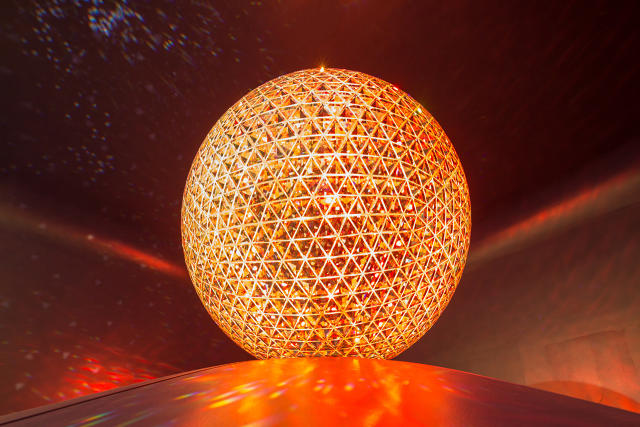
El Sol is a microcosm of Romero’s physique of work; it can be up to date, technologically rigorous, in dialog with historical past, and infused with flash. The young architect—he’s forty four years old—founded FR-EE, Fernando Romero endeavor, in 2000 and opened a NY city place of job in 2010. A protege of Rem Koolhaas—Romero labored at OMA for 3 years—the architect bears some similarity to his mentor in that his structures are radical, iconoclastic, dictated by way of perform and use, aggressively up to date, and never wanting rhetoric.
lots of Romero’s designs are conceptual or yet-to-be-constructed, however he was catapulted into the highlight by using the Museo Soumaya, a personal artwork museum achieved in 2011 and his crowning achievement up to now. Named after Romero’s wife, Soumaya Slim, and bankrolled by his father in regulation, telecommunications billionaire Carlos Slim (who was once the richest man on the earth from 2010 to 2013), the museum is an engineering marvel with an uneven, torqued construction clad in metallic tiles.
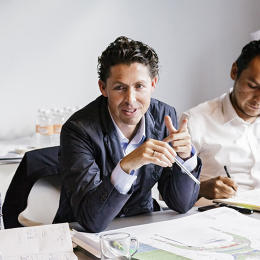
over the past few years, Romero has been ceaselessly remaking—or reimagining—the Mexico city’s architectural material, including some other chapter to the city’s wealthy design legacy. 20 million folks a year seek advice from Plaza Mariana, the public house surrounding the Basilica of Guadalupe that the firm designed in 2009, and he is at work on Plaza Carso, an immense mixed-use grasp plan due to be completed in 2017. In 2014 his design for the Mexico city Aquarium opened, and he is created quite a few sculptural tower proposals and ideas as smartly, like the Archivo design museum.
recently, Romero was once awarded with three excessive-profile initiatives: the Mazatlan Museum, a flying-saucer-like structure scheduled to break ground this yr; the controversial mile-lengthy accelerated park along Mexico city’s Avenida Chapultepec; and, together with Foster + partners, the Mexico city global Airport—a cavernous structure with a tumbler-and-metal structure a good way to span over 325 toes in sure areas. We spoke to the architect about his creative imaginative and prescient, how expertise and history gas his follow, the use of design to tackle challenges on an city scale, and why it makes sense for a homegrown architect to design the new gateway to Mexico.
What’s your greatest problem as an architect?
The context. We be mindful structure as a two manner translation. On the one hand, it interprets the social, city, and historical context right into a single constructing. in this case, structure is the results of understanding the context. alternatively, architecture may also erupt right into a based context and change into it. this is the case of Plaza Carso and Museo Soumaya: the realm has bought a completely new vocation, it evolved from being a no-man’s land into an iconic reference for tradition and commerce with the aid of creating a multidisciplinary hub in the metropolis. It additionally raised the land price, detonating the real estate building.
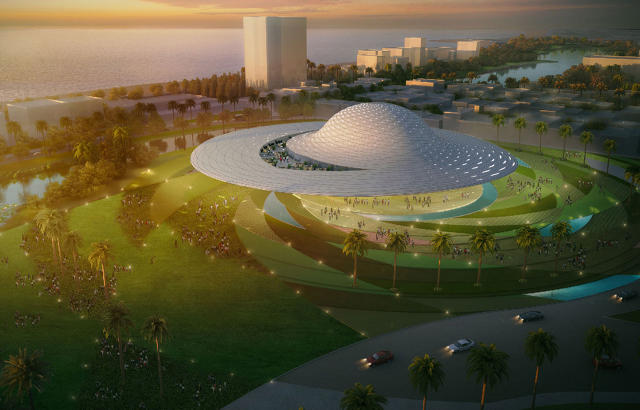
What defines your agency’s work?
We create singular constructions which might be linked to the precise time by which we are living. The know-how we use to “solve” our constructions is an opportunity to attach the option to our particular second. each time there is a large technological second in historical past, it is accompanied through a deep sociological and cultural transformation. Design needs to be sensitive to these transformations and integrate the to be had tools and know-how to increase objects and options of its own time. Design is on the one hand a response of a translation process, but in addition an opportunity to make a contribution to human building. technology helps materialize our concepts, so it’s the manner through which we translate the context into structure. furthermore, expertise provides with new prospects for building great architectural challenges.
What technological developments are you most excited about?
For my apply, 3-d printing has transform very at hand, seeing that we can adaptation advanced varieties and almost right away have them in a bodily format. It lets in us to the touch them and see them in quite a lot of angles in an extraordinarily spontaneous manner. we are able to experience the edition and convey that data back to the 3-D variation. It additionally allows us to make an extraordinarily correct prognosis of a undeniable constructing at many different scales, we are able to print the general massing in a small scale, or an extended element. This “zoom inside and out” permits us to remember the object as a whole and then back to how the constructing is built and experienced. today, this technology is often used as a design instrument, however we’ll see in the near future 3D printing repeatedly utilized to actual development, a good way to allow constructions with complicated geometries to be performed with budgets which might be very with reference to today’s conventional form of construction.
Do you base your designs on what is possible from a development standpoint, or do you start with the shape and try to push what’s buildable?
in the case of El Sol, the capabilities of Swarovski’s design group in Wattens, Austria, allowed us to create a design that’s extremely precise in its use of geometry and scale. El Sol presented a captivating challenge to us: How do we create a duplicate of the sun, 1 billionth of its precise dimension, the usage of both brand new technology and ancient geometry? we have to credit all of a sudden advancing technologies for permitting us to create El Sol in its magnitude and beneath a constrained time frame.
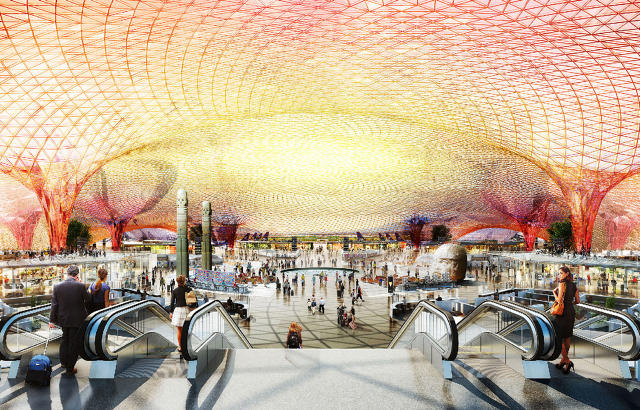
How did the collaboration with Norman Foster on the Mexico metropolis Airport turn up?
We have been invited with the aid of the Mexican government. the entire idea is to do a single structure, a massive expanse that’s flexible. Most airports have a regularly occurring structure and an extraordinarily predictable grid. For us it was once a possibility to do a constructing that materialized the identification of the u . s .. For years the country has been trying to design an airport and lots of of our rivals didn’t see the chance. They developed constructions that replicated world options, for instance, the other candidate most likely to win used to be growing the Hong Kong airport. For us it was about doing one thing singular, that connects with the historical past of our u . s . a ., and that becomes the primary picture of our new usa. It’s a gateway to Mexico.
Why is it necessary so that you can tie your work to Mexican history and have that layer of symbolism?
At FR-EE, our observe is very a lot influenced by means of Mexican history and tradition. we find it’s in particular vital to unearth forgotten historic Mexican references and explore our roots relating to the ethos of our follow. it can be particularly thrilling to convey Mexican references, customs, ancestry and subject matters to a wider world target market. it is an exploration of my heritage and how it’s relevant nowadays.
What are the most urgent concerns for Mexico city on an city scale and how can design lend a hand tackle them?
Mexico city is exclusive in relation to its cultural variety. we now have one of the most strongest histories in the planet in terms of the cultures who’ve lived in the space and our contemporary metropolis has been as a result of the the development. It also has many challenges, especially in view that we grew 5 occasions in dimension between 1950 and 1990. Connectivity is a problem; public transportation is a very powerful in the case of the best way to make town work more successfully. clearly a city of this scale has environmental challenges, merely since the amount of people and the amount of cars. There are 21 million civilians in the metropolitan house.
structure and design can also be extra special instruments to have higher options of connectivity, of transport. but in addition at this explicit historical second, how do you additionally enrich the lives of individuals via investing in public space? What higher example than new york in seeing how the imaginative and prescient of a mayor has modified the town for just right on the subject of investing in public house and finding shrewd and up to date ways in connecting investors with town? i believe in that feel, Mexico metropolis can nonetheless study quite a bit from international practices.
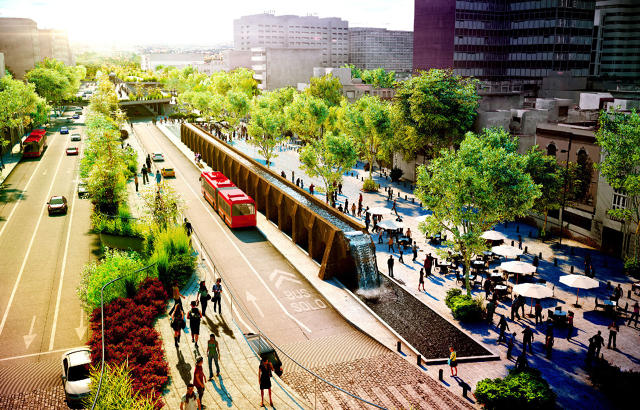
It looks as if the Avenida Chapultepec linear park is addressing a number of those connectivity considerations and offering inexperienced space. Do you’re feeling like the park is symbolic of a brand new route in urbanism in Mexico city?
sure, the undertaking has the DNA of what could be to your dream city: to have a really perfect bike lane, to have nice public transportation that’s smartly geared up, to have numerous public area and inexperienced areas. The park displays the way forward for the town each within the city point of view and the possible in how collaboration between non-public and public sectors could make this city evolve.
within the architecture and landscape discussion, the truth is that this out of the ordinary, sexy, deserted area with plenty of historical past may also be reworked into a public space. We’ll reverse the present situation where 20% of the land is used for the public and eighty% for automobiles—into 20% for the vehicles and 80% public house.
What do you suppose is an architect’s best responsibility nowadays?
there is not any doubt about it: our planet. there may be an intrinsic relationship between structure and sustainability. we’ve got to take care of the pure tools and of our planet. structure has an incredible deal of duty on this topic and our generation will be considered someday as the very first one which attended this difficulty and found options. in this sense, know-how is a superb lend a hand for locating new alternatives.
[All pictures: by means of Fernando Romero]
(22)